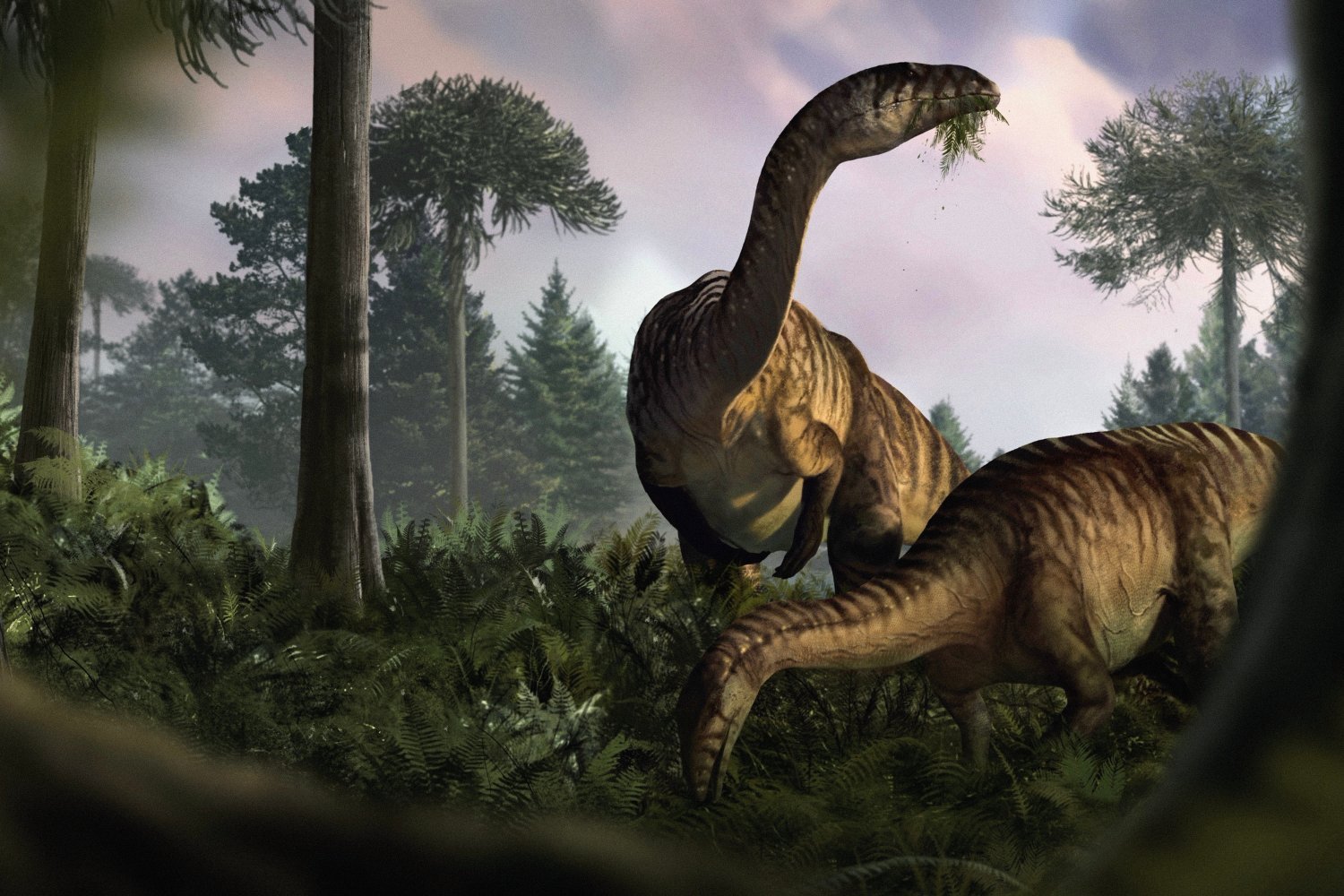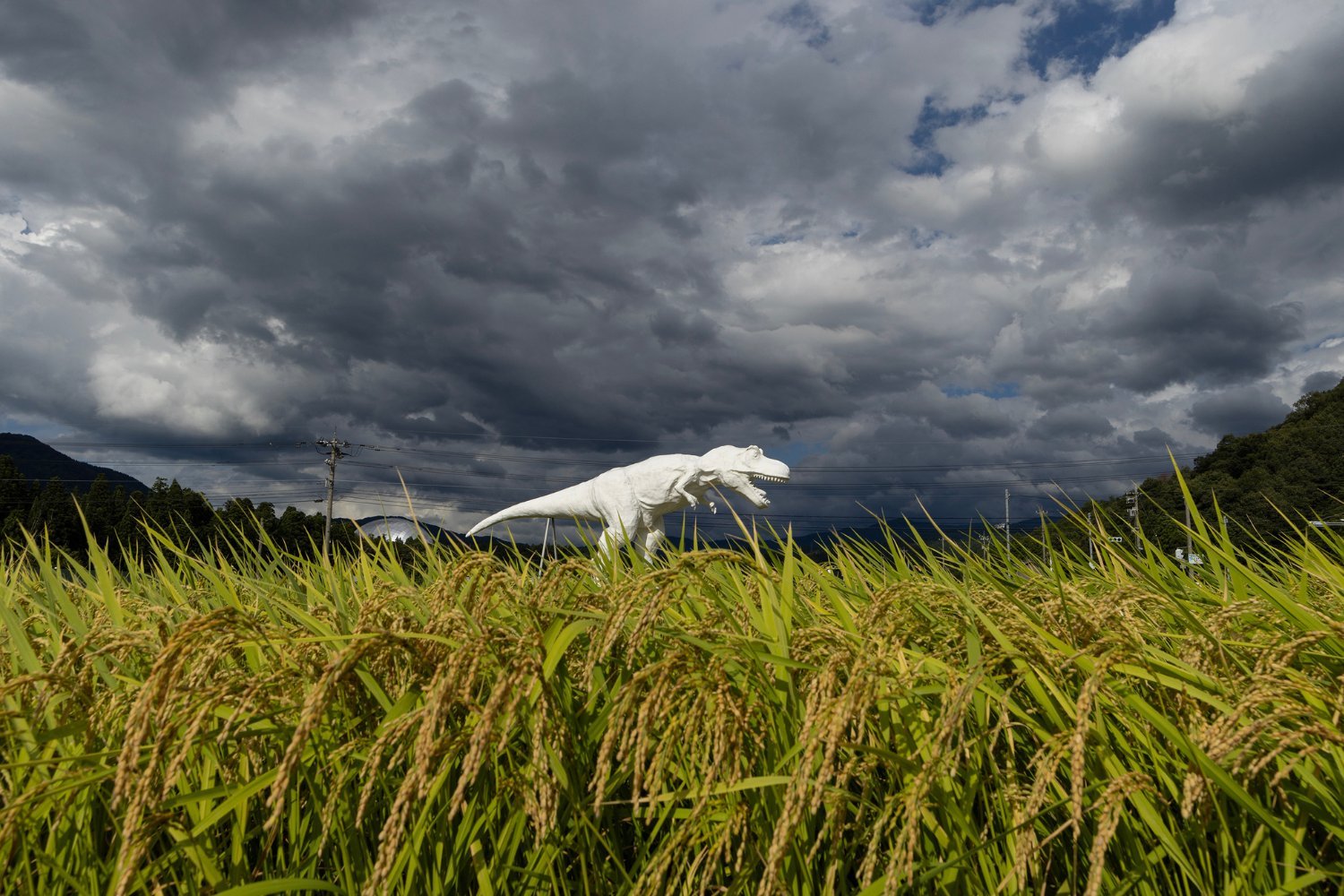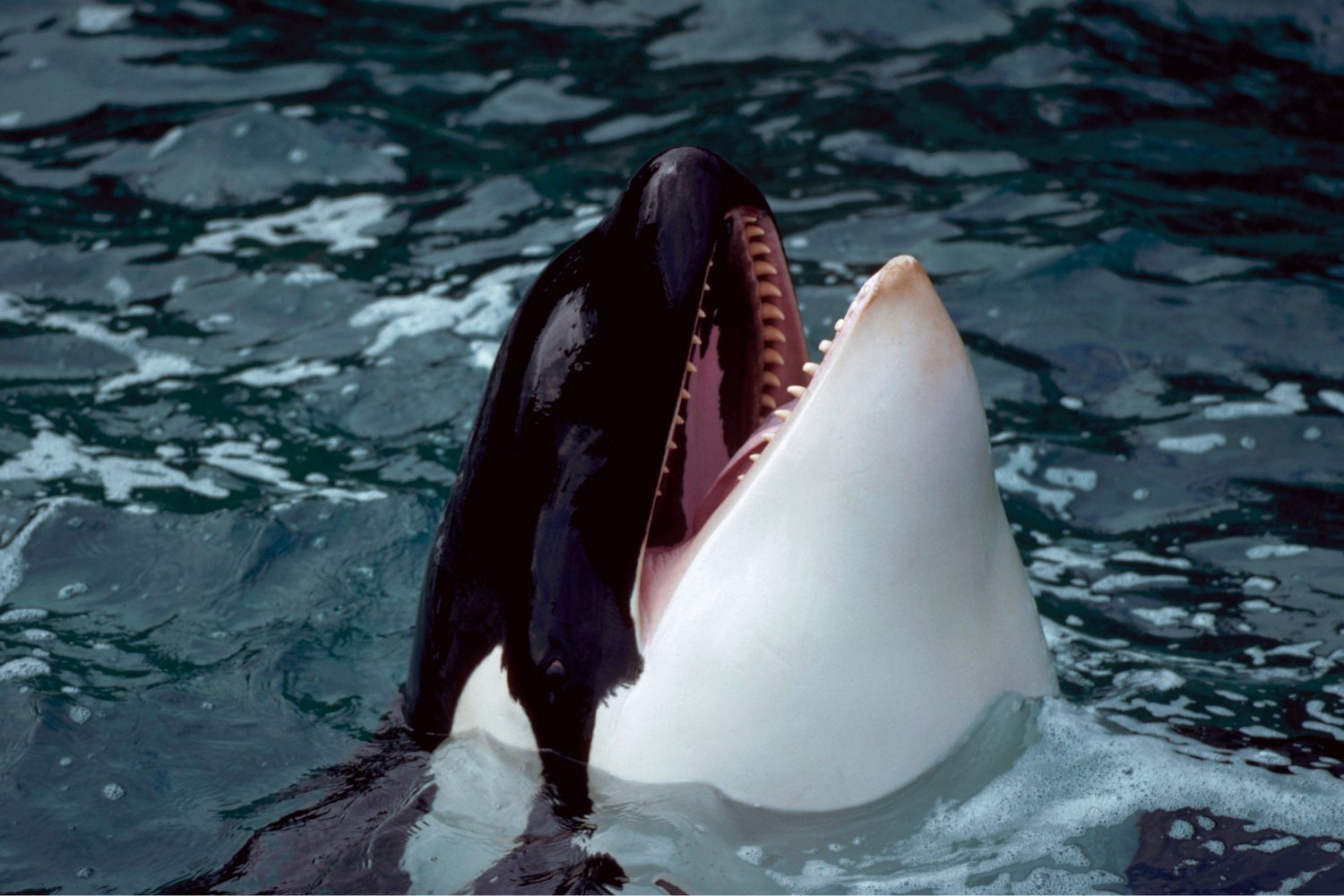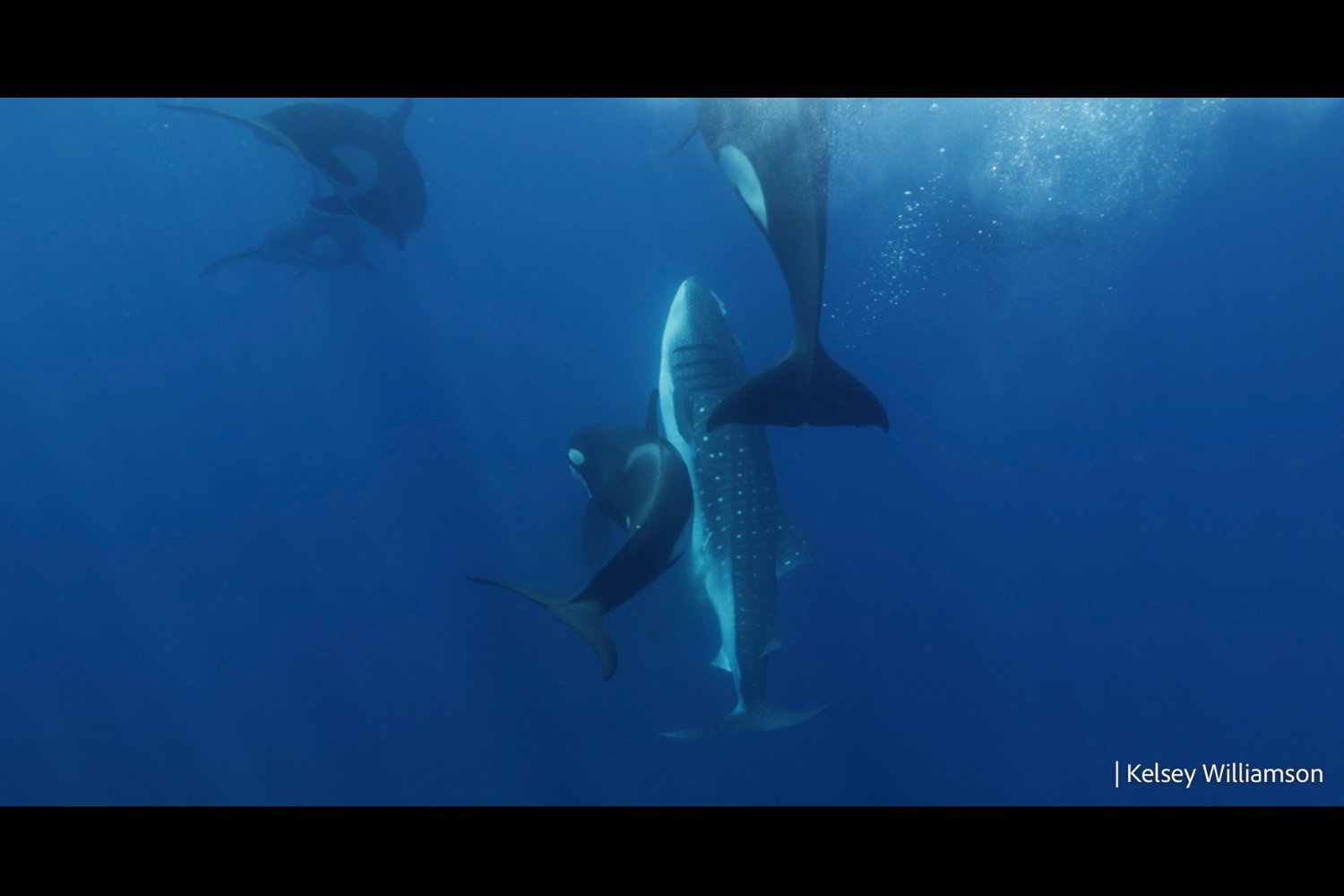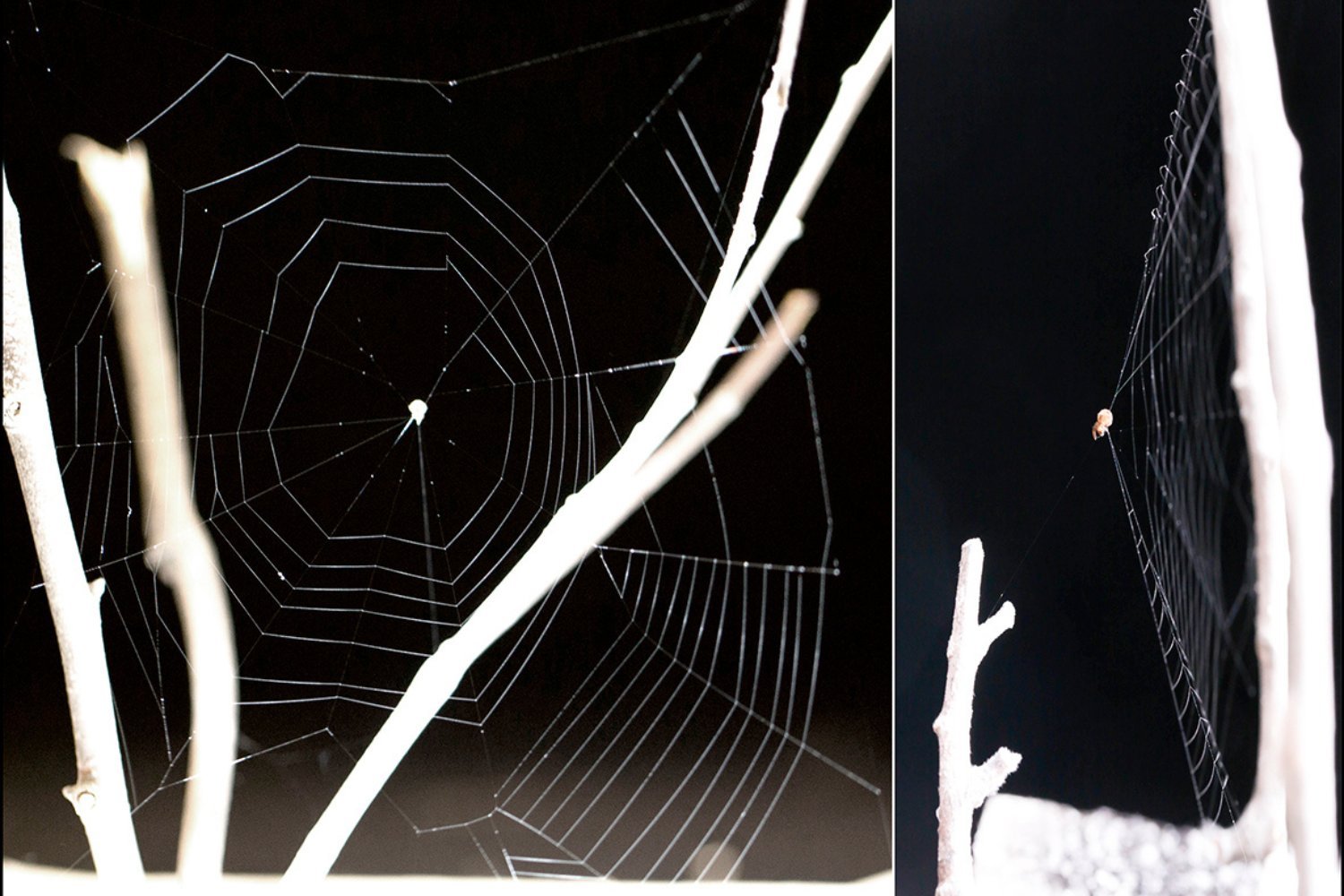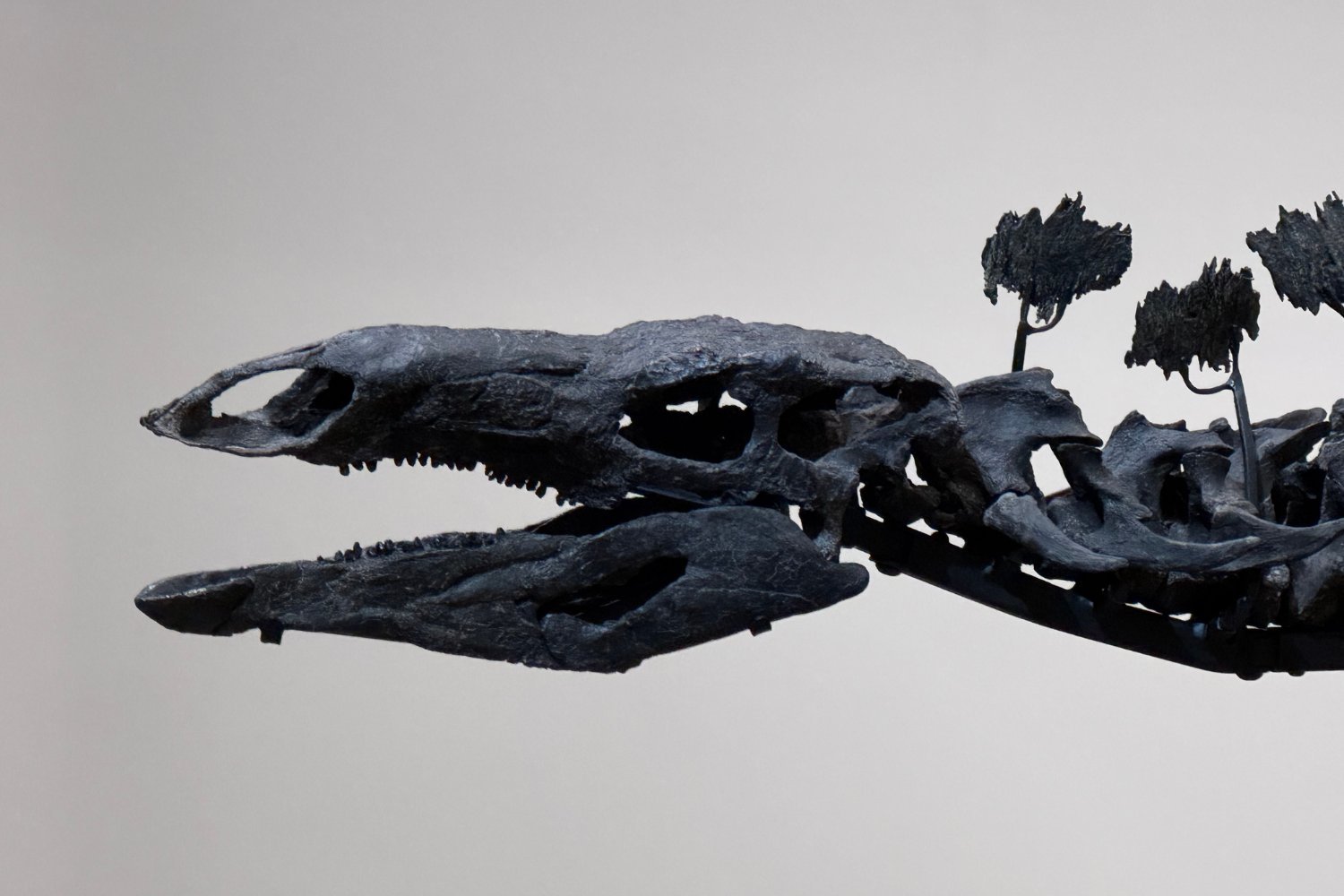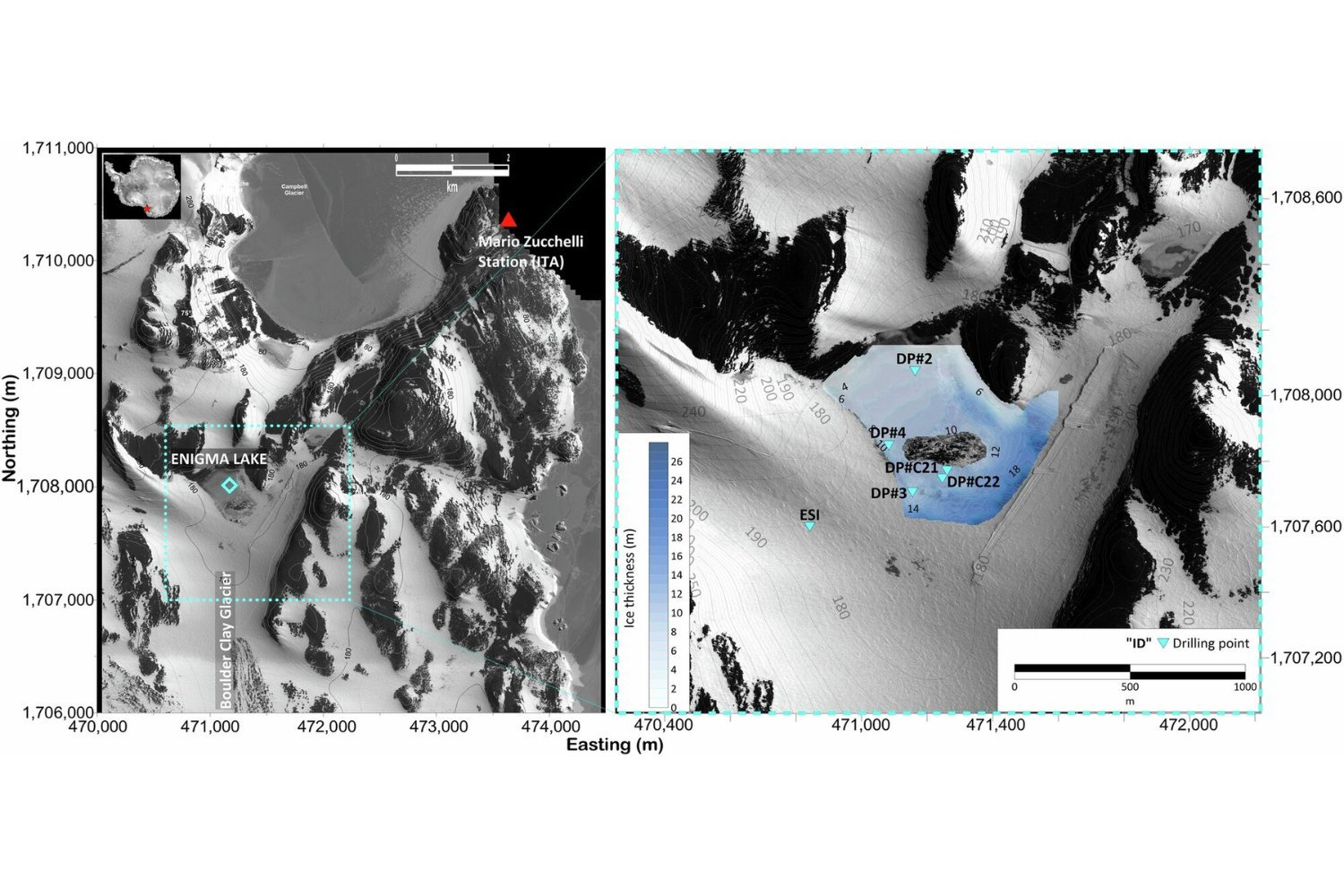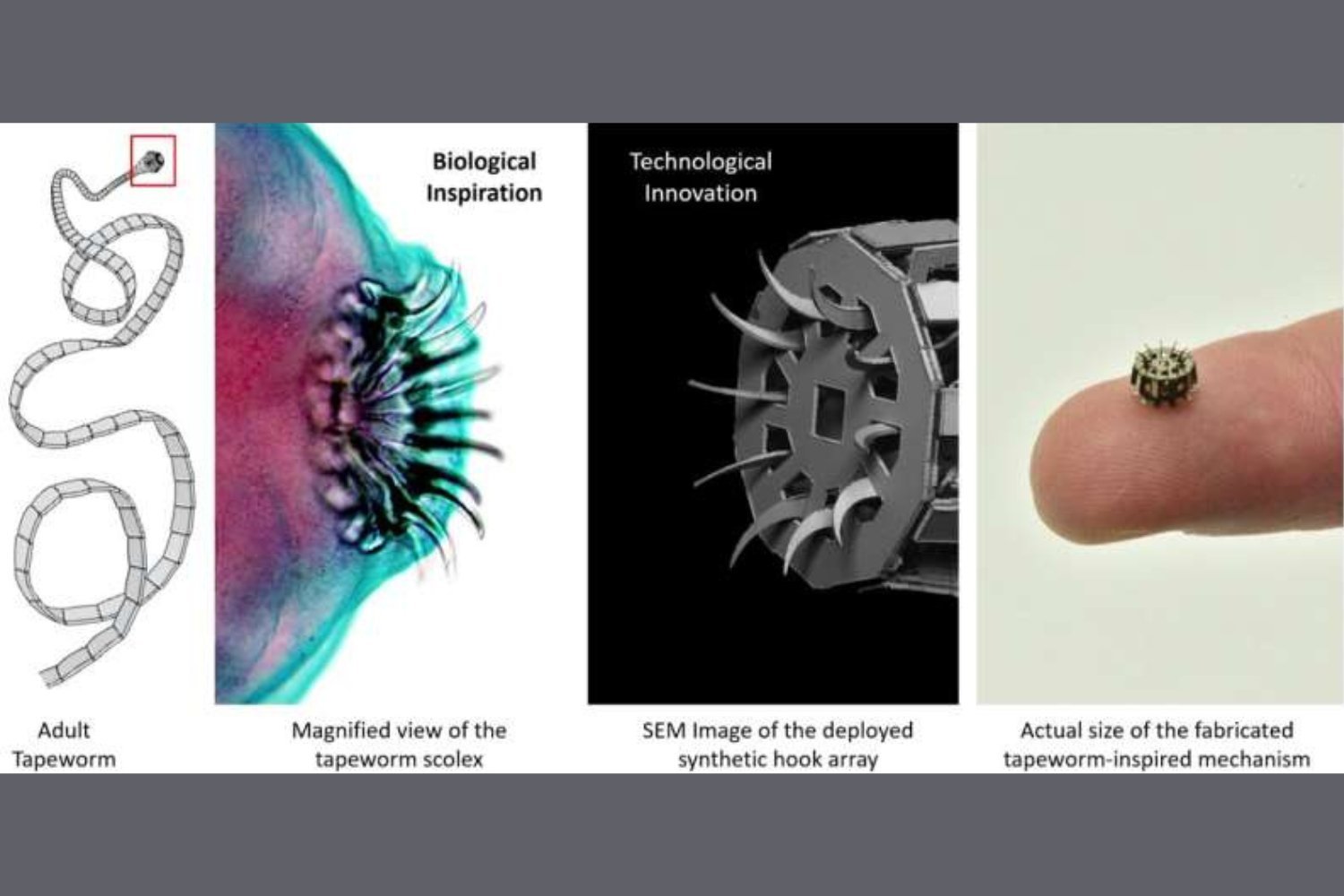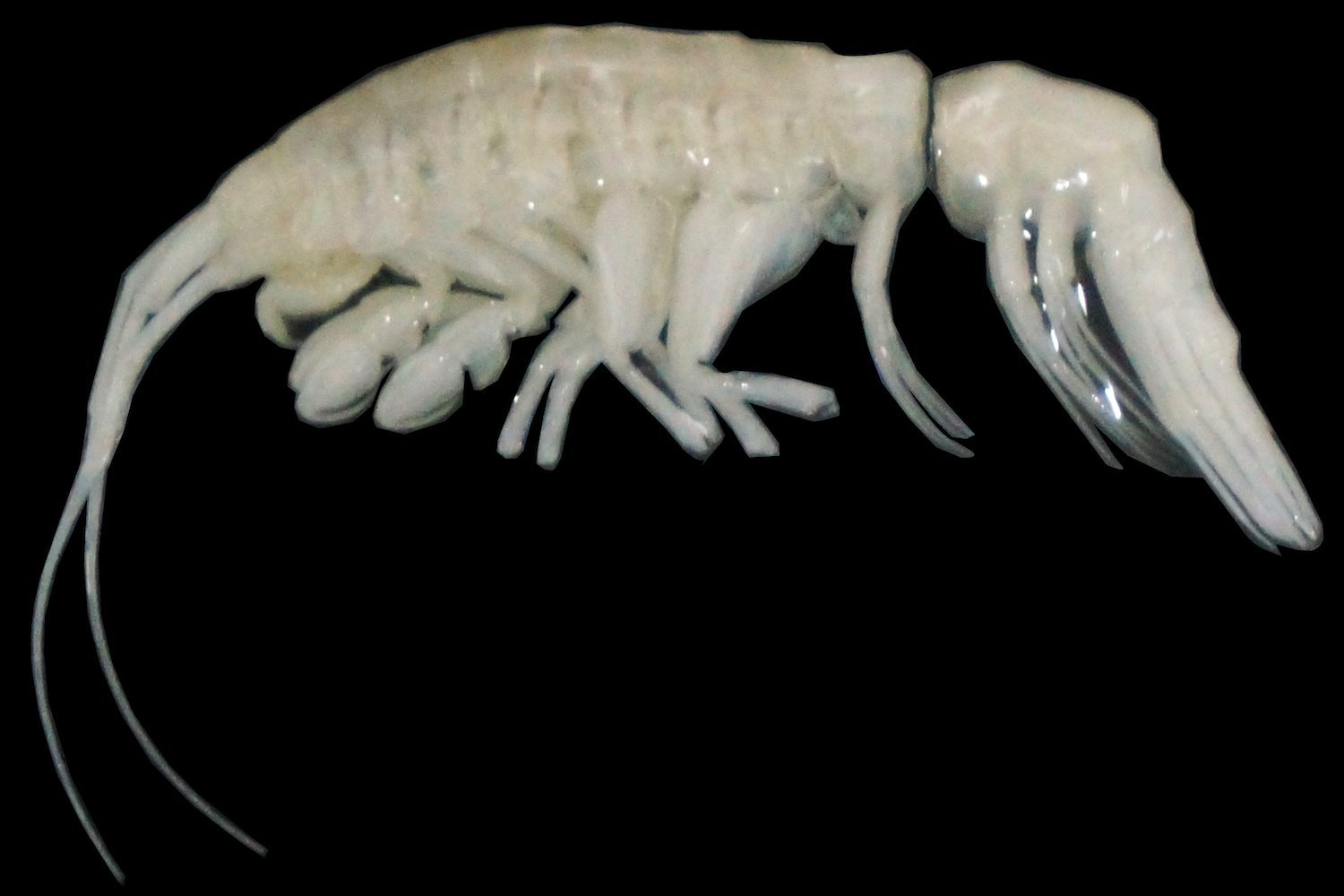Dinosaur coprolites, fossilized feces, offer a unique window into the lives of these prehistoric giants. A team of paleontologists has spent over two decades meticulously collecting and studying coprolites and fossilized vomit from Poland, dating back millions of years to the Triassic and Jurassic periods. Their findings, recently published in Nature, shed light on the dinosaurs’ diet, habitat, and the complex transition that led to their dominance.
This groundbreaking research utilizes synchrotron imaging, a non-invasive technique that reveals the hidden interiors of fossilized feces. By analyzing the undigested food within these coprolites, the team has pieced together a picture of the dinosaurs’ environment and their place within it during a pivotal period in Earth’s history, when Pangea was beginning to break apart. This period, spanning from 230 to 200 million years ago, marked a significant shift in the planet’s ecosystems, and these coprolites offer a rare glimpse into this dynamic world.
“Our research demonstrates that the rise of dinosaurs wasn’t a simple process, but a complex interplay of ecological opportunities and competition with other species,” explains Martin Qvarnström, a researcher at Uppsala University and co-author of the study. “These findings reshape our understanding of how dinosaurs adapted and thrived in the competitive Triassic world.”
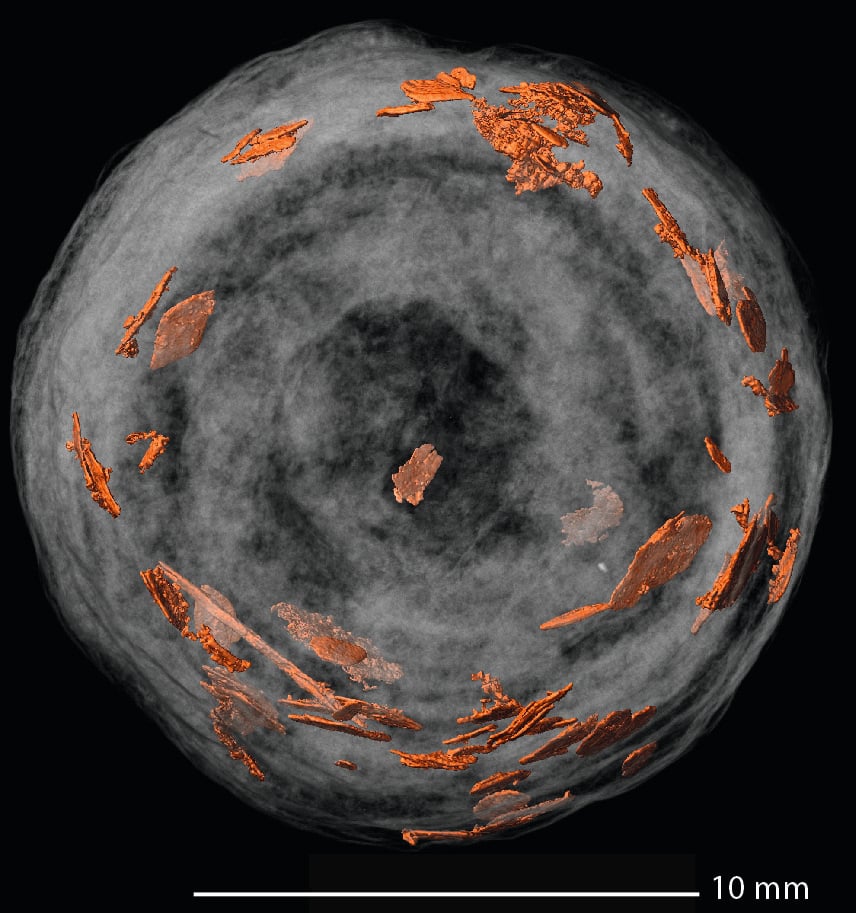 A synchrotron image of fish scales in a dinosaur coprolite.A synchrotron image reveals fish scales within a dinosaur coprolite, providing evidence of their diet. Image: Martin Qvarnström
A synchrotron image of fish scales in a dinosaur coprolite.A synchrotron image reveals fish scales within a dinosaur coprolite, providing evidence of their diet. Image: Martin Qvarnström
A Triassic and Jurassic Feast: Deciphering Dinosaur Diets
Poland, during the Triassic period, was part of the supercontinent Pangea. Dinosaurs, alongside other flora and fauna, inhabited its shores, leaving behind traces of their existence. These traces aren’t limited to footprints and bite marks but extend to fossilized feces and vomit, containing undigested remnants of their meals.
“25 years ago, I couldn’t have imagined using a synchrotron to analyze fossilized dinosaur feces and unlock secrets of the Triassic and Jurassic periods,” says Grzegorz Niedźwiedzki, lead author of the study and researcher at Uppsala University. “Each coprolite discovery felt like opening a Christmas present.”
The team’s analysis of hundreds of coprolite samples revealed surprising insights. Coprolites from large herbivores, specifically sauropods, contained not only ferns and other plant matter, but also charcoal. This unexpected discovery suggests that these dinosaurs may have consumed charcoal to counteract toxins present in the ferns.
Beyond Diet: Reconstructing Ancient Ecosystems
The coprolites provide more than just dietary information. They also paint a picture of the ancient ecosystems these dinosaurs inhabited. “We were able to identify the plants the dinosaurs consumed, which helps us reconstruct the Triassic and Jurassic flora,” Niedźwiedzki explains. “Interestingly, some of the plant remains found in the coprolites don’t match the fossil record at the excavation sites, indicating the dinosaurs likely foraged in different locations.”
 Undigested plant remains in a coprolite, revealing the dinosaur's diet and the surrounding flora.Undigested plant matter in a dinosaur coprolite provides clues about the ancient environment. Image: Martin Qvarnström
Undigested plant remains in a coprolite, revealing the dinosaur's diet and the surrounding flora.Undigested plant matter in a dinosaur coprolite provides clues about the ancient environment. Image: Martin Qvarnström
The Future of Coprolite Research
The team believes the coprolites hold further untapped information. The non-invasive nature of synchrotron imaging allows for repeated analysis, ensuring no damage to these precious fossils. In addition to revisiting the existing coprolites, Niedźwiedzki highlights an early Jurassic site, describing it as “a real treasure trove” containing thousands of dinosaur tracks, promising decades of future research.
From Coprolites to Catastrophe: A Glimpse into a Lost World
While the dinosaurs’ reign ended abruptly 66 million years ago due to an asteroid impact, the coprolites offer a snapshot of their lives millions of years prior. These fossilized remnants hold valuable clues about the dinosaurs’ existence, their interactions with the environment, and the complex ecological dynamics of the Triassic and Jurassic periods. Further research into these prehistoric treasures promises to uncover even more secrets about the age of dinosaurs.



